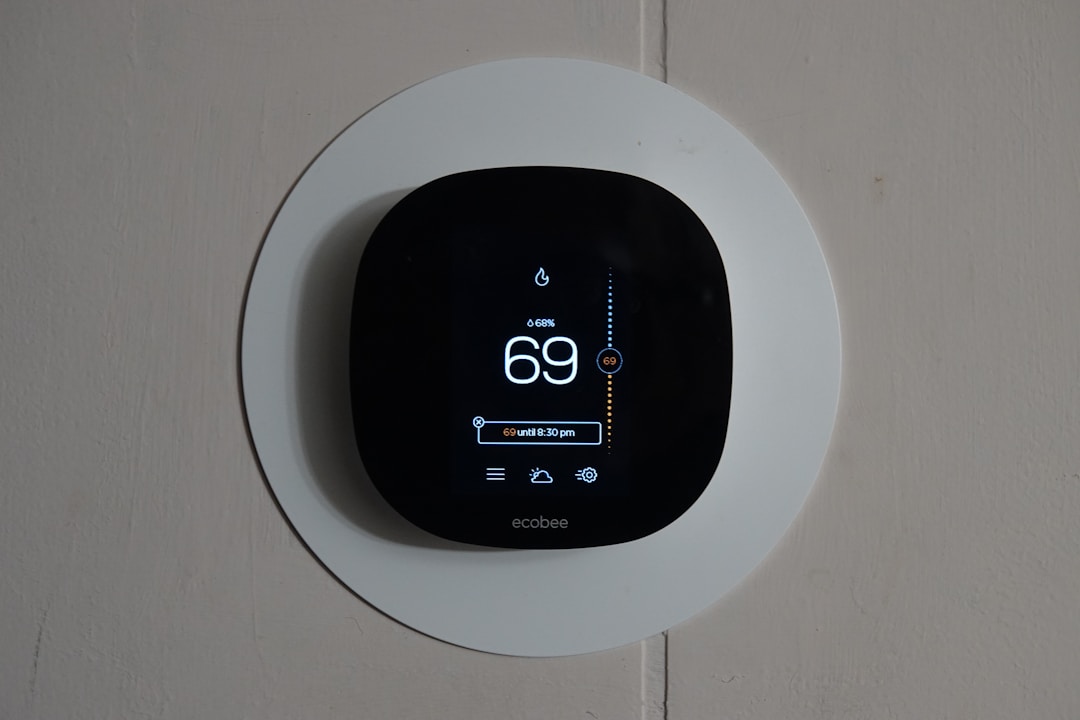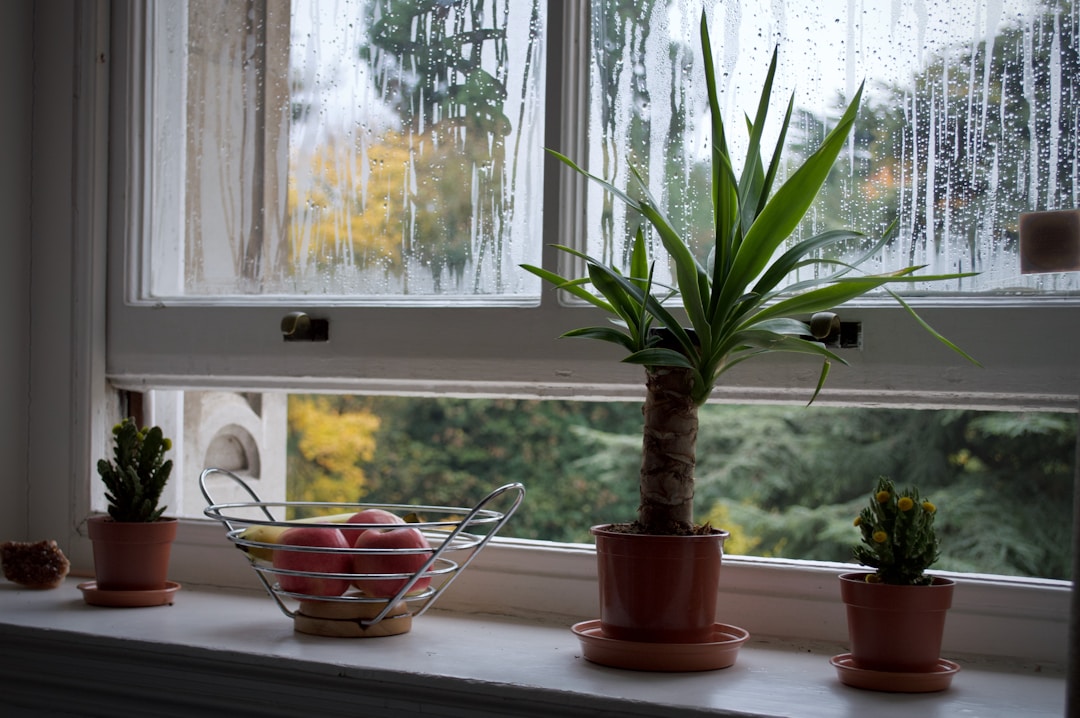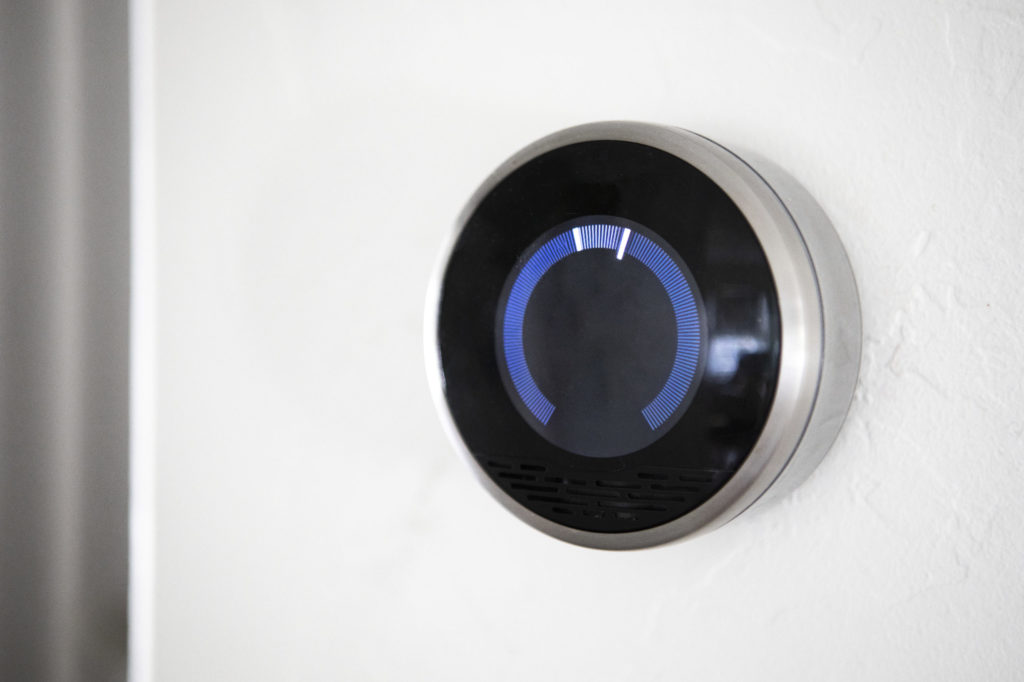Owning your home is an exciting milestone, but it also comes with a lot of new responsibilities. Taking care of your own repairs when something breaks down can be overwhelming, especially if you’re used to renting and having a landlord manage these types of issues for you. HVAC system issues can be particularly confusing if you don’t know where to look for help. A broken thermostat display is a common problem, but most people wouldn’t even know where to start when it comes to trying to troubleshoot theirs when it isn’t operational. If you’re dealing with a malfunctioning thermostat, read on to find out what to do when your thermostat display isn’t working.
What should you do if your thermostat display isn’t working?

A quick search for “thermostat display not working” can help you find some answers, but the best thing to do if you’re experiencing issues with any part of your HVAC system is to call a professional. Some common problems include a tripped circuit breaker, a lack of voltage being transmitted to the thermostat, and dead batteries. It’s a good idea to check the batteries and your circuit breaker first, but if you find that your thermostat’s display still isn’t working, you should reach out to an HVAC technician and have them come to inspect your unit as soon as possible.
If your thermostat isn’t working properly and you haven’t upgraded to a smart thermostat yet, you may want to consider making the switch instead of repairing your old thermostat. Smart thermostats are Wi-Fi enabled and can be used with home automation. Many systems are able be controlled through a smartphone app, giving you complete control over your HVAC system no matter where you are. Smart thermostats can even help you lower your energy bills, making them a smart investment for every homeowner.
Proper maintenance is essential if you want your HVAC system to operate at peak efficiency. Beyond checking your thermostat frequently, you should also ensure that your HVAC system is inspected at least once annually. The filter should be changed at least once every 90 days, though some homeowners change theirs as frequently as once per month. If you’re having consistent problems with a unit that is over a decade old, it may be time for a replacement.
How else can you improve temperature control at home?

Your HVAC system will always be your most effective weapon for managing the temperature inside your home, but there are several other things you can do to help with temperature control. One thing many people don’t think to do is to check the condition of their windows and doors. Cracks and crevices can let in outdoor air, which makes it harder for your HVAC system to regulate the temperature indoors. This can raise your utility bills by forcing your HVAC unit to work harder to maintain your desired temperature.
It’s also a good idea to invest in thick, floor-length curtains. Curtains provide an extra layer of insulation and protect your home from the impact of outdoor air. During the warmer months, it can be tempting to keep your curtains and windows open, but even just exposure to sunlight can raise the indoor temperature. If maintaining temperature control is your priority, you should look into some high-quality drapes.
If you notice that your thermostat isn’t functioning properly, your first move should always be to have an HVAC professional come and inspect the unit. They can tell you whether it needs to be repaired or replaced, and you can avoid the risks associated with trying to troubleshoot your thermostat on your own. While there are some issues that can be resolved easily, like changing out the batteries, a broken display can also be an indication of a larger problem. The best way to avoid HVAC issues is to invest in proper care and maintenance and avoid DIY troubleshooting that can often do more harm than good.

